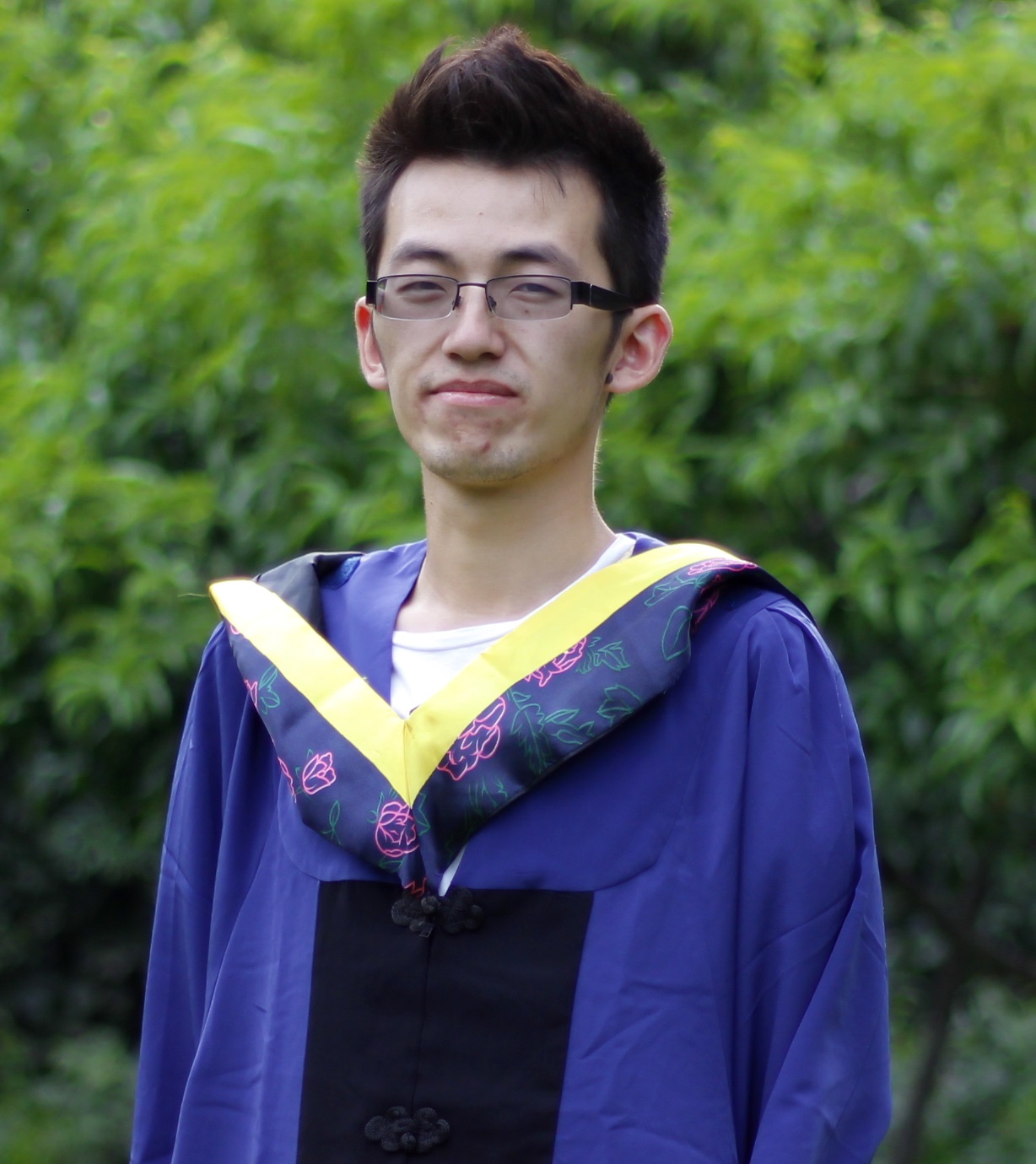A useful post-process
首先安装
pip install pydensecrf
使用示例
import cv2
import numpy as np
import pydensecrf.densecrf as dcrf
from pydensecrf.utils import compute_unary, create_pairwise_bilateral, \
create_pairwise_gaussian, softmax_to_unary
image = cv2.imread(train_image)
final_probabilities = np.load(logits) #same shape as image H*W*C
softmax_probabilities= final_probabilities.squeeze().transpose((2, 0, 1))
# The input should be the negative of the logarithm of probability values
# Look up the definition of the softmax_to_unary for more information
unary = softmax_to_unary(softmax_probabilities)
# The inputs should be C-continious -- we are using Cython wrapper
unary = np.ascontiguousarray(unary)
d = dcrf.DenseCRF(image.shape[0] * image.shape[1], 2)
d.setUnaryEnergy(unary)
# This potential penalizes small pieces of segmentation that are
# spatially isolated -- enforces more spatially consistent segmentations
feats = create_pairwise_gaussian(sdims=(10, 10), shape=image.shape[:2])
d.addPairwiseEnergy(feats, compat=3,
kernel=dcrf.DIAG_KERNEL,
normalization=dcrf.NORMALIZE_SYMMETRIC)
# This creates the color-dependent features --
# because the segmentation that we get from CNN are too coarse
# and we can use local color features to refine them
feats = create_pairwise_bilateral(sdims=(50, 50), schan=(20, 20, 20),
img=image, chdim=2)
d.addPairwiseEnergy(feats, compat=10,
kernel=dcrf.DIAG_KERNEL,
normalization=dcrf.NORMALIZE_SYMMETRIC)
Q = d.inference(5)
res = np.argmax(Q, axis=0).reshape((image.shape[0], image.shape[1]))

